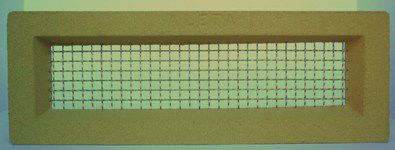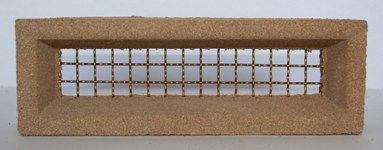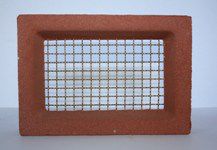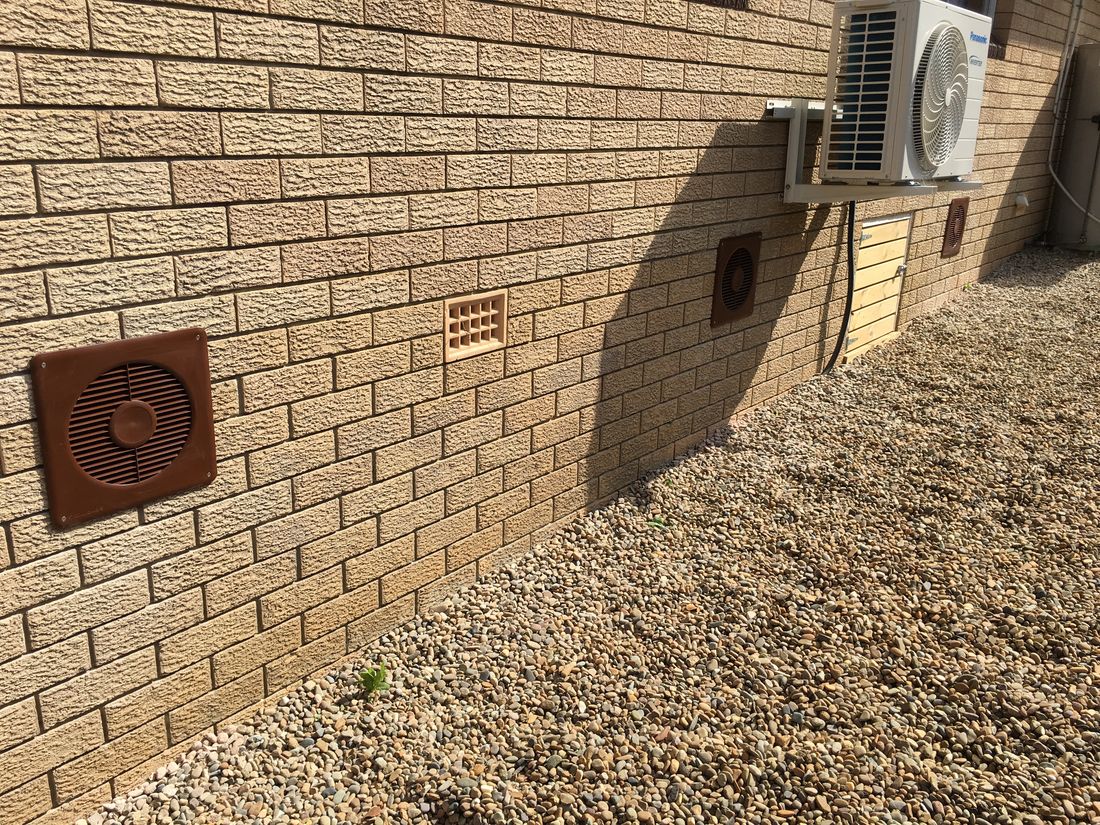TermitesSubterranean Termites (White Ants) Subterranean termites are commonly known as white ants. However, they are distinctly different from ants in their lifestyle and appearance. In nature, termites have an important role in recycling rotten timber in the forest and returning nutrients to the soil. When they get into our homes they are then declared pests and the damage they can cause to a home is substantial. Termites are social insects and have a caste structure which differentiates workers from soldiers and reproductives. The reproductives when sexually mature, are winged. In the warmer, more humid months, they swarm and can often be seen in early evening, flying out of bushland to colonise new areas, sometimes your home. The Queen lays eggs and once the nest is established, does nothing else. The Queen of a large, mature colony can lay up to 2000 eggs per day. These eggs develop into workers, soldiers and reproductives. The workers are the ones who do all the damage. They are wingless, blind and sterile and are responsible for foraging for food, constructing tunnels, building the nest and feeding the other members of the colony. They feed on wood and other cellulose materials, but have a preference for some timbers over others. As they feed they may hollow out timbers and often move from one area to another by constructing small tunnels made from a mud-like combination of faeces and saliva over non-susceptible materials. They make these tunnels to protect themselves from predators and from the heat, light and lack of humidity in the outside environment. The soldiers are responsible for the protection of the nest and in some species have a pair of mandibles on their head to attack predators. Termites can travel long distances to find food. The nest may be fifty metres away from where the workers are foraging. They can work their way into a house from under the floor, up the wall cavity, alongside plumbing penetrations or through construction joints in the concrete. Termite Control The first stage of any pest management program is inspection. This should be carried out by an experienced technician. The inspection will determine the extent of the infestation, if present, identification of the termite species, where the termites are entering the building and also what steps need to be carried out to eradicate any termites present and protect the building from further attack. Eradication of any existing termite infestation is important to stop the damage spreading. This is usually done by Shire Pest Control with the installation of Exterra Termite Interception & Baiting system. Once this is done, the nest will quickly die off. | 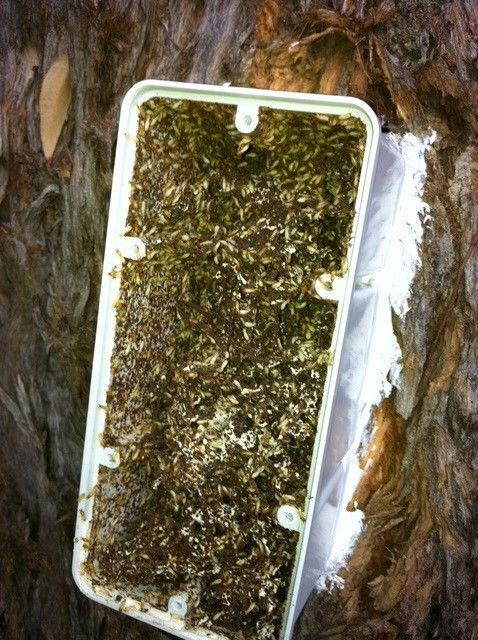 |
Subfloor Ventilation Dampness under your home can lead to termite infestation, rotting timbers, mould and odour, with eventual structural damage to your premises. Shire Pest Control can supply and install effective subfloor ventilation vents to alleviate the dampness issues under your home. There is a wide variety of colours and sizes available to suite your premises, please contact us for further information. Get In Touch |
|

